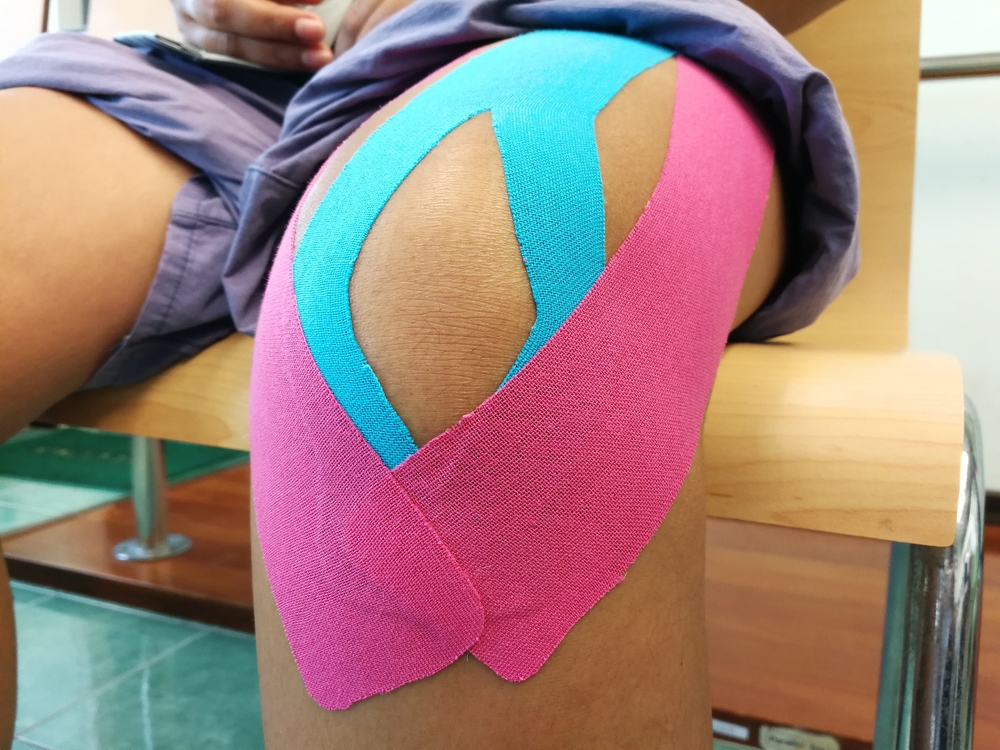Pros & Cons: Physical Therapy vs. Injections, Pain Meds & Surgery

Have you ever been in so much pain that you didn’t know what to do next? Of course, you’ve thought about surgery, painkillers, topical treatments and injections as quick, easy fixes.
However, have you considered all of the possibilities? Now, even though there are options that can alleviate your pain quickly, they can also negatively affect your body and mind. In this post, we’ll discuss surgery, injections and pain medications. Also, we’ll explore the major aspects of each, exploring their pros and cons.
Pros & Cons
Below, you’ll find a breakdown of the major pros and cons of medicine, injections, surgery and physical therapy.
| Pros | Cons | |
|---|---|---|
|
Injections |
|
|
|
Surgery |
|
|
|
Medicine |
|
|
|
Physical Therapy |
|
|
Surgery
First and foremost, let’s consider surgery. Usually, surgery is a safe bet. However, it should always be the last option for things like back, neck or shoulder pain, or anything involving the spine. Essentially, this is because of the implicit risks that surgery presents.
For example, the surgeon may perform the procedure poorly. Obviously, this will make things much worse. Additionally, the surgery could ease your pain only temporarily, or perhaps not at all.
Another reason people usually avoid surgery for spinal injuries is because the spine is very hard to operate on. In truth, spinal surgery is still relatively primitive in comparison to other categories. Although surgery is generally a safe bet for other areas, it’s always best to seek natural remedies first. Of course, this means eating correctly, exercising (including cardio) and strengthening weak muscles within the most painful areas.
Injections
Next, let’s break down injections. The most common injection types are epidural steroid injections, nerve block injections, trigger point injections and joint injections. In essence, these injections treat injuries, both acute and chronic. For lower back, upper back and neck pain, epidural steroid injections are the most common.
Nerve block injections are used for pain management when the discomfort is caused by inflamed nerves. Joint injections deliver medicine directly into joints for rapid pain and inflammation relief.
Trigger point injections relax knots that might be causing pain throughout the body. Generally, each of these injections alleviate pain. However, the relief is temporary. Most shots wear off within a few months, then become a regular necessity.
Who wants to go get an injection every few months? Not me.
Pain Medication
Okay, let’s discuss pain medication. Now, as you probably know, opioids can be extremely addicting. Of course, it’s very easy for our bodies and minds to become dependent on pain medication, simply because they help us feel better.
However, it’s critical to consider the long-term effects of pain medication. Countless people develop addictions, muscle and bone pain, and tolerance. And once somebody develops a tolerance to this medication, they must continually increase their dosage to achieve the same (or similar) effects over time.
Painkillers are no joke. And once someone begins to take them consistently, their body becomes physically dependent. As a result, if they’re unable to take them regularly, they experience withdrawal symptoms. These include anxiety, nausea, vomiting, weakness/lethargy, abdominal pain, diarrhea, insomnia and more.
Right now, with COVID-19 spreading through the world, opioids have become more prominent. Also, opioid addiction (which was already at record high levels beforehand) has increased. In fact, most people who begin taking painkillers have problems stopping.
The opioid epidemic is very sad to see. I could probably write another five paragraphs on this. However, I’ll end this by stating that I’d never recommend painkillers to anyone before recommending physical therapy.
Conclusion – Farmingdale Physical Therapy West
Overall, I hope you found this chart, and the discussion of pain management options, helpful. Also, if you ever have a question regarding any of these methods, please feel free to call our practice. We’ll connect you to a physical therapist who can answer anything you need.
Thank you for reading!
Sources:
DrugFreeWorld.org: Opioids & Morphine Derivative Effects

